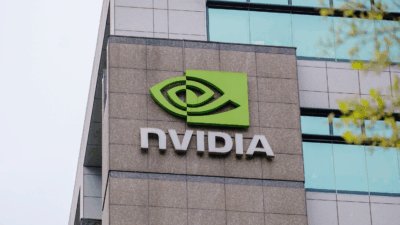
Sign up for smart news, insights, and analysis on the biggest financial stories of the day.
A year ago, Netflix’s dominance of the entertainment industry felt as easy as letting the next episode roll through auto-play. But then came a disastrous earnings report in April and summer blockbusters like Top Gun: Maverick jolted the box office back to life.
Ahead of Netflix’s second-quarter earnings report on Tuesday, investors are bracing for an outcome as bloody as an episode of Squid Game.
Danger Things
Netflix lost subscribers for the first time in history in the first quarter, and forecasts warn it could lose another 2 million in the second. The streamer’s stock has fallen around 70% so far this year, and it could just be the beginning: “There will be hell to pay if they report a number that is significantly higher than the 2 million loss being thrown around,” Andrew Hare, a senior vice president of research at Magid, said to CNN.
Earnings season has essentially been a preview of scares for the company behind Stranger Things — just 60% of S&P 500 companies that have reported second-quarter earnings topped analyst expectations, well below the 77% average of the past five years, according to FactSet. But Netflix still holds a couple of (literal) show-stopping tricks up its sleeve:
- First: ads. After years of promising otherwise (while collecting a treasure trove of customer data), Netflix is now embracing advertisements and last week announced a partnership with Microsoft for an ad-supported subscription tier slated to launch by the end of the year.
- Second: Netflix is swapping its greenlight anything and everything mantra for a focus on launching massive franchises, starting with this weekend’s release of The Gray Man from Avengers: Endgame directors Joe and Anthony Russo – “We’re not crazily reducing our spend, but we’re reducing volume,” Scott Stuber, the head of global film for Netflix, told the New York Times.
Streaming Sabotage: On Sunday, Disney announced it’s hiking the monthly price of sports streaming service ESPN+ from $6.99 to $9.99. It’s a roundabout move to boost subscribers to Disney+ — both services, plus Hulu, are available at a bundled price of $13.99, and narrowing the price difference could push some of the 22 million ESPN+ subscribers to pony up for the package deal instead. In turn, that could help Disney+ reach its target goal of 230 to 260 million subscribers by the end of 2024, surpassing Netflix as the leading service. The race is on.











